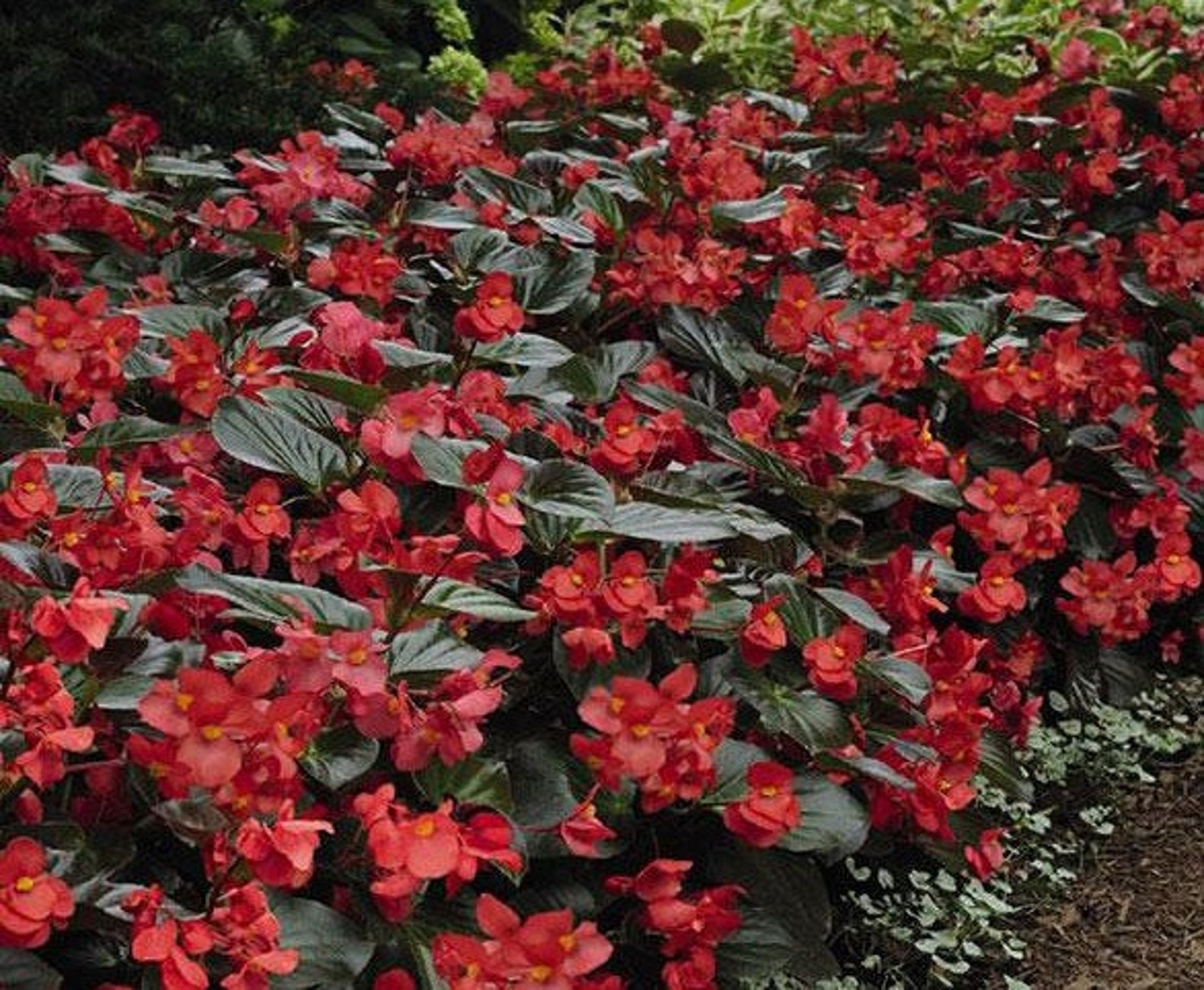

Space the plants well apart to improve air circulation and prevent fungal problems.
WAX BEGONIA USES FULL
Wax begonia is a versatile plant that can work in full sun as well as part shade. Wax begonias are normally used as a bedding plant, planted in masses, or as an edging. They were also used to polish sword blades. Small varieties grow to about 6 to 8 inches taller varieties are 10 to 12 inches. The plant has been used to treat burns, kidney ailments and toothache. Benefits and Uses of Begoniaīegonias have a history of medicinal uses. It was cultivated by Japanese horticulturist Kamo Mototeru and represents the Juche revolutionary. Kimjongila, a hybrid cultivar of tuberous begonia, is a flower named in honor of North Korean leader Kim Jong-il.

Begonia tenuifolia and Begonia masoniana are examples of rhizomatous species. Native to: Brazil and Argentina Begonias are grown for their attractive flowers and/or for the assortment of foliage types. They are valued more for their attractive foliage than their flowers.
Rhizomatous Begonias grow from a modified stem called a rhizome, which is a thickened underground stem that grows horizontally, sprouting new sections along the rhizome. These types, such as Begonia grandis, are popular around the world as a bedding plant. Tuberous Begonias are shade-loving plants, but they can handle morning or late afternoon sunlight. They are grown for their single or double flowers, although there are some species which have interesting leaves. Tuberous Begonias grow from tubers, which are underground storage organs for both food and water. Begonia coccinea is a popular fibrous-rooted species. Wax begonias are outdoor bedding plants that have smooth leaves and an abundance of flowers, hence the scientific name semperflorens, which means always. These easy to care for plants have a compact, bushy structure with fleshy stems, bronze leaves, and blooms in shades of red, pink, or white. Begonia picta - Juice of the plants is drunk to use relieve headaches. Begonias are grown as hardy perennials in zones 10 and 11, and summer annuals in colder areas. They prefer bright light and are more sun tolerant, but too much sun can cause the leaves to burn. Poultice of flowers used for burns and toxic sores. It is best to refrain from fertilizing the wax begonia more often than once every 1.5 to 2 months. Wax Begonia should get fertilization with a slow-release, all-purpose fertilizer at least once per year. Solution: Until they have fully recovered, you shouldn’t feed them any additional fertilizer. Fibrous-rooted Begonias have only fibrous roots, therefore neither rhizomes nor tubers. Wax Begonia is dying due to excessive fertilizer. They are small, but tenacious! Root Typesīegonias are categorized according to root types into fibrous-rooted, tuberous, and rhizomatous. The seed of the Begonia plant is about 1/100th of an inch in size. They are small and not differentiated easily with the naked eye. Though many flower seeds are small, Begonia and Petunia seeds are among the smallest. Begonia Seedsīegonia seeds are one of the smallest in the world. He named the plant after the French governor of Haiti, Michel Begon, who was his favorite botanist. 
Interesting facts about Begonia Discovery of Begoniaīegonia was first discovered by Charles Plumier in 1690, on the island of Santo Domingo (Dominican Republic).







 0 kommentar(er)
0 kommentar(er)
